Which motorhome? Choosing the perfect motorhome for you
Choosing a motorhome or campervan is one of the biggest buying decisions you’ll ever make. There are hundreds of different motorhome types, styles, layouts and designs on the market, and it can be hard to know where to start when choosing a motorhome.
Ask yourself why you want to buy a motorhome. If you are a first-timer what is it that you want to do? Where do you want to go in the motorhome? How do you want to use it? Having a clear idea of the way you’ll use your intended purchase will make the narrowing-down process easier.
If you’re already a motorhomer and looking for a change, ask yourself why. Do you want more space or less space? Need a comfier bed that’s easier to access? Do a detailed assessment of your current motorhome and note the elements you like, then list the features you want for your next motorhome that are missing from your current vehicle.
What’s the difference between a campervan and motorhome?
The different types of campervan
The different types of motorhome
Motorhome weights explained
Do I need a special drivers' licence to drive a motorhome?
Choosing the right motorhome or campervan layout
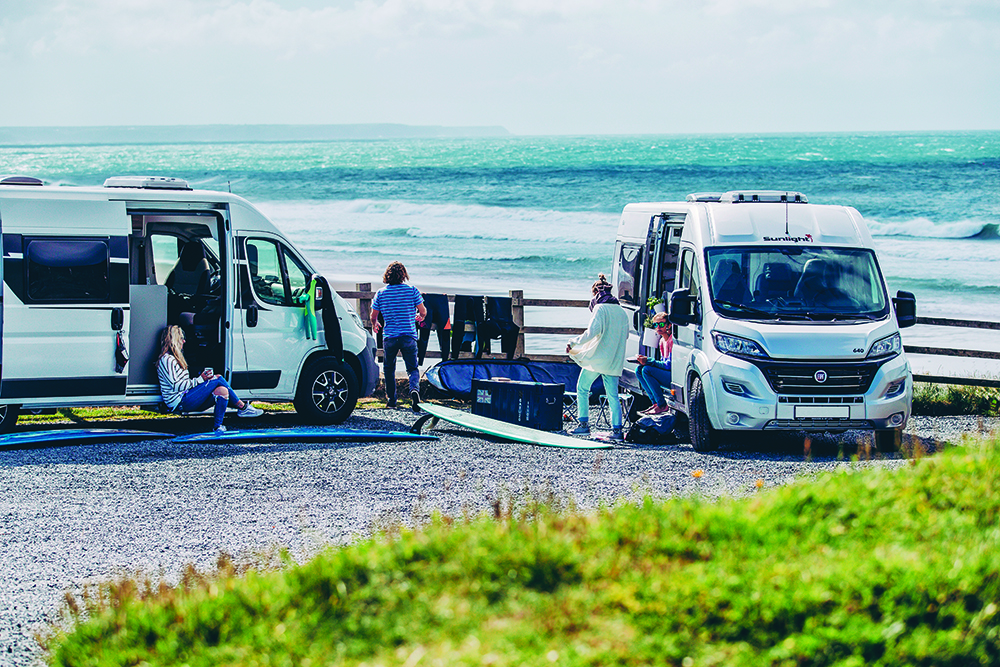
What’s the difference between a campervan and motorhome?
A campervan, camper or pop-top, is essentially a high top panelled van that has been converted to accommodate living space, often based on the Ford Transit or Volkswagen T6.
A motorhome — often called motorcaravans or Recreational Vehicles (RVs) on the other side of the pond — is traditionally a ‘white-bodied’ coachbuilt vehicle that offers a caravan-type living area built onto a base vehicle chassis.
Get MMM for just £29.99 a month!

MMM is Britain’s best-selling motorhome magazine and it has been for over 55 years. Each four-weekly issue is packed with the best motorhome travel features, genuine reader reviews of campsites, in-depth motorhome reviews, plus the latest technical advice, buying tips and much more.
MMM’s fully searchable digital library gives you access to the latest issues, plus every edition of MMM since January 2012.
The different types of campervan
Think ‘campervan’ and you’ll probably think Volkswagen – after all, VW campervans have been popular for more than half a century. The original ones from the 60s and 70s are iconic, and can fetch a pretty penny, too. But if this isn’t for you, don’t worry. Campervans, or panel van conversions, have come a long way since then and there are plenty of types of campervans on the market these days.
Buying Your Perfect Motorhome, the 2024 edition is available now, including everything you need to know about your first motorhome, with essential guides, top tips and buying advice available to buy here
Essentially, a converter takes an existing panel van, such as a Volkswagen T6 or Fiat Ducato, and converts it into a campervan by adding beds, a kitchen, etc. Because of the bespoke nature of these, they come in all sizes, layouts and colours. Specialist converters may be happy to tailor a conversion to your specific needs, too – ideal if you have a disability, for example.
Pop-top campervans
If you only have space for one vehicle on the drive and are looking for something that can be used as both a daily runner and a weekend campervan, a small pop-top is ideal. These campervans are often based on vans like VW Transporters and Mercedes Vitos, and people-carriers such as Mazda Bongos.
Smaller campervans feel car-like to drive and will fit in multi-storey car parks. There’s also a selection of diesel and petrol models to choose from, with options like four-wheel-drive.
You get plenty of belted travel seats, which are sometimes removable, and convert typically into two singles or a double bed once in campervan mode. Also known as a rising roof, the pop-top is pushed by hand or rises electrically when you’re pitched up to provide extra bed space. This is ideal if you have young children, as parents can sleep in the bed(s) below while the kids get the roof bed. The pop-up space makes a handy storage area for all your gear, and provides headroom, too.
High-top campervans
Fixed high tops tend to be factory fitted, so vehicles typically used for these conversions are Fiat Ducatos, Peugeot Boxers, Volkswagen Crafters, Mercedes Sprinters and Ford Transits. As a result, if you’re after a bigger campervan, you’ll get a good selection of lengths and engines to choose from. The obvious advantage of a high-top roof is the permanent storage space here, and it’s fully insulated.
As you’re close to a coachbuilt motorhome when it comes to space, you can expect proper washrooms and kitchens. The same is true of layouts, as you’ll likely get a choice of lounges and fixed beds. Typically two berths, they’re great for couples seeking a little more space; travel seats-wise, you can expect two or four. Bear in mind that a high-top campervan won’t fit under the height restrictor barriers found at many car parks, though.
The different types of motorhome
The term ‘coachbuilt’ simply means the coachbuilder — the motorhome manufacturer — takes the chassis of a suitable vehicle and coach-builds the living area onto it. But which motorhome type is right for you?
The difference between a low-profile motorhome and an overcab motorhome is at the front. An overcab motorhome features a bulbous front that hangs over the cab while a low profile does not. The sleek design of a low-profile makes it more aerodynamic and therefore offers better fuel economy. Low-profile models tend to be lighter than overcabs, too, meaning that they are better suited to a licence-friendly 3,500kg weight limited chassis. Read more about motorhome weight and driving licence restrictions here.
There are a number of advantages of choosing a coachbuilt motorhome over a panel van conversion. For a start, the square body shape allows for better use of the interior space, while the sandwich construction of the side and floor panels allows for better insulation. It’s also less time consuming to purpose-build the habitation area of a motorhome onto the blank canvas of a chassis than it is to convert a panel van, and this is usually reflected in the price.
Low-profile motorhomes
Low-profile motorhomes vary in length from around 5.5 metres to over 8m. Widths also vary from around 2.1 metres to up to 2.49m, so opt for a slimline model — under 2.25m wide — if you intend to explore narrow rural roads.
Overcab motorhomes
The obvious attraction of an overcab motorhome is the permanent double bed space in the overcab section, known as the luton. While headroom can be tight for adults and ladders might be off-putting, the luton makes a great den and sleeping quarters for children. Unlike a drop-down bed in a low-profile, it leaves the lounge area undisturbed, so mum and dad can chill, too.
Unsurprisingly, overcabs are popular with young families, but with overall heights often stretching over 3 metres, these vehicles have a big hole to punch through the air — opt for a modern 150bhp unit, at least.
Overcabs are often bigger and heavier than 3,500kg weight-restricted low-profiles motorhomes but, if you passed your test before January 1997 and can therefore drive vehicles weighing up to 7,500kg, you can make the most of it with an overcab model. Read more about motorhome weights and driving licence limits here.
A-class motorhomes
The ultimate in luxury motorhomes, A-classes start with a chassis-cowl, which has no external bodywork from the base vehicle — although the dashboard will still be familiar — and all the exterior bodywork is manufactured by the motorhome company.
The advantages are obvious — more space in the cab, usually a drop-down bed that lowers over the cab seats (without interrupting the lounge, as in a low-profile) and fully insulated bodywork right up to the windscreen.
If you’re thinking of taking your new motorhome to the Alps next winter, think of an A-class — when you get to the mountains, you’ll enjoy a widescreen view of the scenery. This panoramic view is also great when driving, although the impression of extra width can be a little daunting at first. Bus-type (top-hung) mirrors found on A-classes are useful when manoeuvring, too.
Motorhome weights explained
All motorhomes have a quoted maximum weight, as well as a mass in running order figure. The first is the maximum the vehicle can weigh and still be legal on the road – this includes the weight of the motorhome with all your holiday kit and passengers on board. Just to confuse us, there’s more than one term for this: GVW (gross vehicle weight), MAW (maximum authorised weight), maximum authorised mass (MAM), and maximum total permitted laden mass (MTPLM).
What is a motorhome's payload?
MRO (mass in running order) or unladen weight is the weight of the motorhome before it has been loaded with all your holiday gear, and the payload is calculated by deducting the MRO from the maximum weight figure. So, a motorhome with a maximum weight of 3,500kg and an MRO of 3,000kg would have a payload of 500kg.
However, people, awnings, satellite TV systems, even engine and transmission upgrades will eat into the payload figure. Then there’s all your camping kit, like tools, clothes, food and drink.
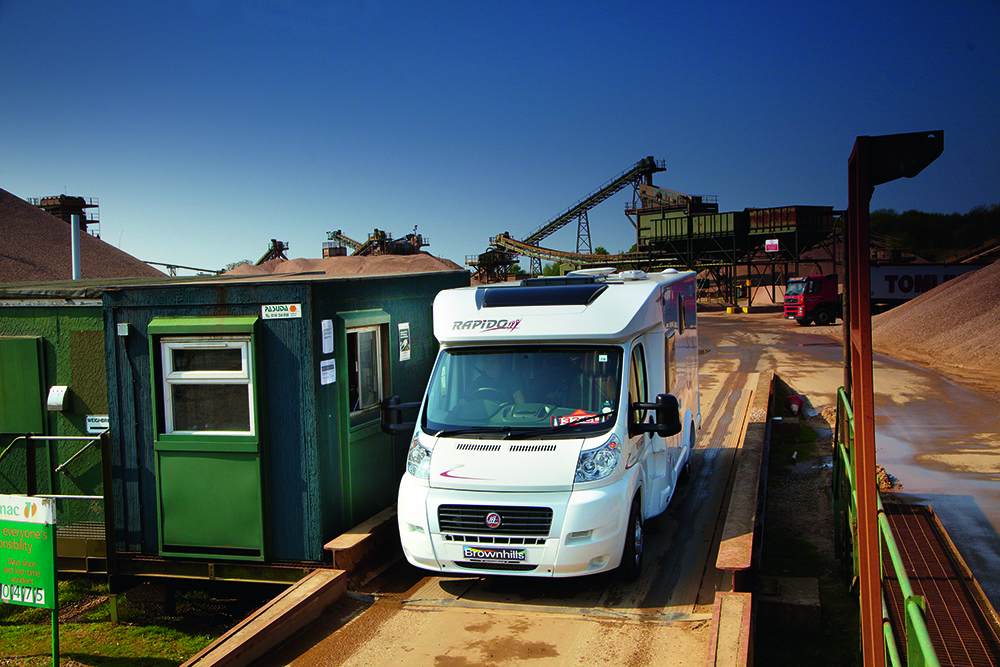
Motorhome axle weights
The next thing to consider is axle weights, as this is all about correct load distribution. Somewhere on the motorhome you’ll find a weight rating plate (usually inside the driver’s door or under the bonnet), which gives this important information. On the plate, you’ll find the maximum vehicle weight, the gross train weight (the total maximum legal weight of the motorhome and a loaded trailer), and also figures for the maximum weight for the front and rear axles, respectively.
If you add up both axle weights, you’ll see that the total figure is higher than the maximum weight for the vehicle – this is to allow for the fact that there may not be an even distribution of load. Don’t forget that exceeding axle weights is illegal, too.
If you already have a motorhome and want to check you’re within your weight limits, an easy solution is to head to your nearest public weighbridge and get your fully loaded motorhome weighed — visit gov.uk/find-weighbridge and enter your postcode to find your nearest one. You should get the axle weights done, too, and you’ll usually receive a printout for your reference.
Do I need a special drivers' licence to drive a motorhome?
The type of driving licence you have will affect the maximum weight and type of motorhome you're able to drive.
If you passed your car driving test on or after January 1, 1997, you are limited to driving a vehicle of no more than 3,500kg maximum weight. If you passed your test before that date you can drive a vehicle that weighs up to 7,500kg.
However, once you reach the age of 70, you will only be licensed to drive vehicles up to 3,500kg unless you apply to the DVLA to keep your entitlement (and undergo regular medical checks). Do this and you can retain your 7.5-tonne entitlement in three-year chunks, repeating the application process after the end of each.
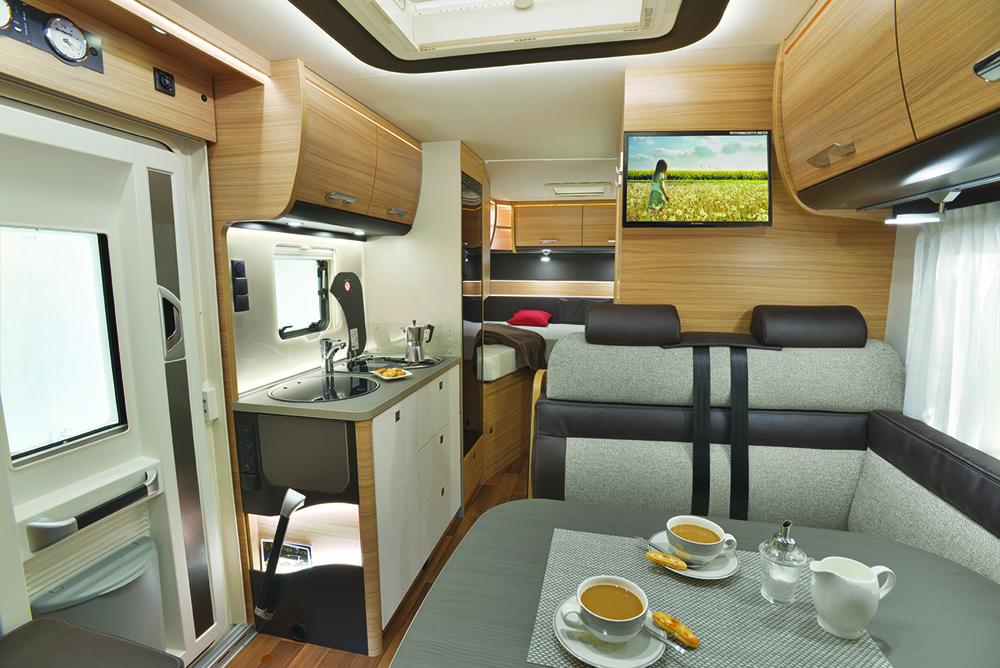
Choosing the right motorhome or campervan layout
Aside from the type and size of motorhome or campervan best suited to your needs and driving capabilities, choosing a motorhome layout is one of the most important decisions you need to make.
Approach your motorhome or campervan layout in the same way you would buying a house: how much lounging, dining, kitchen, sleeping and washing space do you need?
Berths and beds are probably the defining factor when deciding which motorhome or campervan to go for. How many people will need to sleep in it? Are bed comfort and domestic-style mattresses of utmost importance, or are you fine with making up beds from lounge areas? Also remember that bed length and width can be a compromise in some motorhomes, so carry a tape measure. Once that decision has been made, you can then plot out the design of the rest of the motorhome.
Travel seats for all occupants also need to be considered. We’d recommend crash-tested three-point seat belts for all. If you need six of these, then two will be in the cab and the other four will have to be located in the lounge — meaning that the lounge is likely to have to consist of a Pullman dinette-style with two belted seats facing the rear and two facing forwards. If you only need two, your lounge choice is much more flexible.
If travelling with young children, a few premium motorhome manufacturers include Isofix child seat fitting points as standard, while it’s becoming increasingly common in the options list for many others.
When it comes to the kitchen, ask what you will really use on holiday. Do you need that separate oven, grill and four-burner hob? You’ll get much more storage if you decide to live without them. Consider how many people need to sit at the table at mealtimes — some lounges (the smaller European-style ones) will comfortably only seat three, even though they can sleep and travel four.
With washrooms, what are you likely to use? Just a portable toilet for midnight emergencies, or are you going to need a complete washroom with fixed cassette toilet, basin and separate shower? Most campsites have excellent facilities these days so, unless you plan to wild camp, do you really need an all-singing all-dancing washroom? You can find your perfect campsite using our Campsite Finder and investigate what facilities they offer.
Click here for a detailed guide to the different types of motorhome and campervan layouts available.
Now you hopefully have a better understanding of which motorhome could work for you and your family, including the different sizes, weights and types of motorhomes and campervans available, it’s time to think about the buying process. Click here for our ultimate guide to buying a motorhome or campervan, which contains everything from money-saving haggling tips to essential advice on where to buy your motorhome.
Buying Your Perfect Motorhome 2024
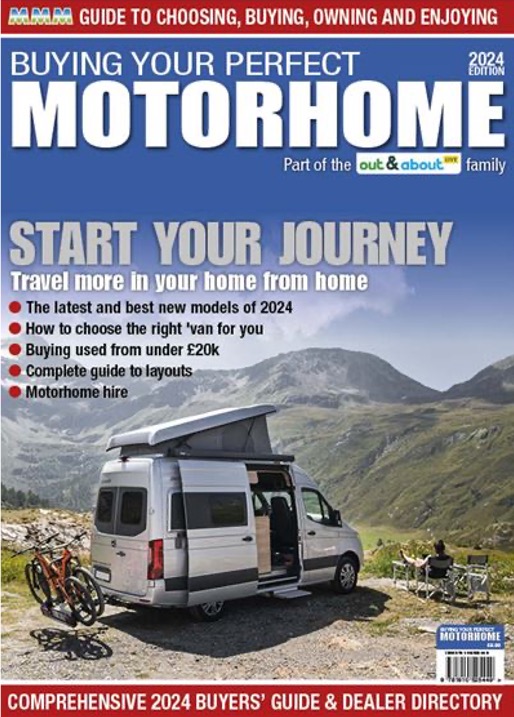
Looking for more great motorhome and campervan buying information? You need the brand-new guide to Buying Your Perfect Motorhome, it’s packed with everything you need to help you with choosing, buying, owning and enjoying your very first motorhome or campervan.
Learn more about it here.
Digital Download it now from Pocketmags for just £9.99.
Printed Or order a printed edition for just £9.99.
Expert motorhome advice to your door!
Why not subscribe to one of our fabulous magazines and get expert advice, travel ideas, technical help and all the latest news for your motorhome and your motorhome adventures!

Want to know more about MMM magazine?
Every month MMM has articles written by motorhomers who have been there and done it, from great UK and European (and further afield) tours, campsite reviews, owners' reports and DIY projects among other things.
MMM's tests, reviews and expert buying guides are not to be missed. MMM's technical advice is a must and includes everything from weekend jobs to longer-term DIY projects. And much more!
About MMM magazine
Want to know more about What Motorhome magazine?
Every issue of What Motorhome magazine provides essential buying advice for anyone looking to buy a new motorhome or campervan or upgrade their existing model. With a pedigree of over 30 years of offering the best motorhome and campervan buying advice, every issue of What Motorhome includes more new motorhome and campervan reviews than you will find in any other magazine.
About What Motorhome
Want to know more about Campervan magazine?
Campervan is the exciting monthly magazine that will give you all the inspiration you need to explore the world in your campervan. Every issue is packed with real-life campervanning experiences, inspiring travel ideas in the UK and further afield, the best campsites to stay on, campervan road tests and reviews of the latest models, and much more!
About Campervan magazine





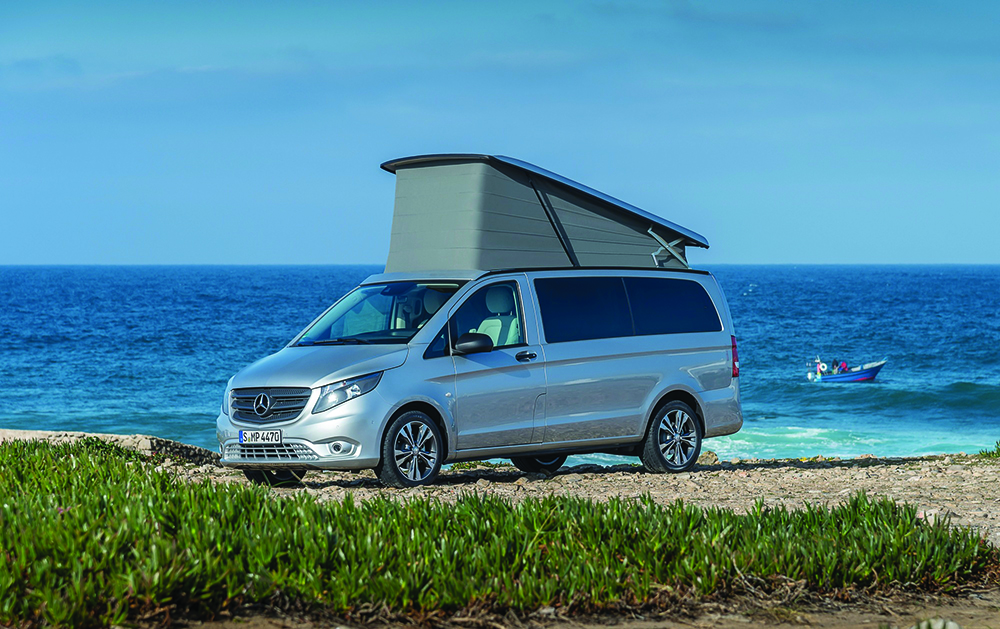
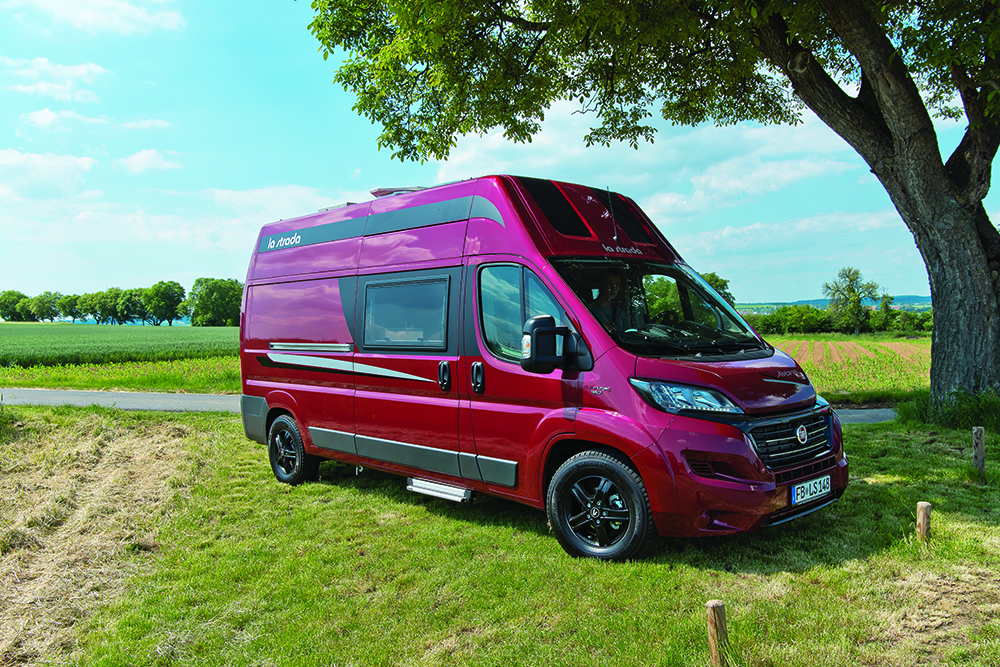
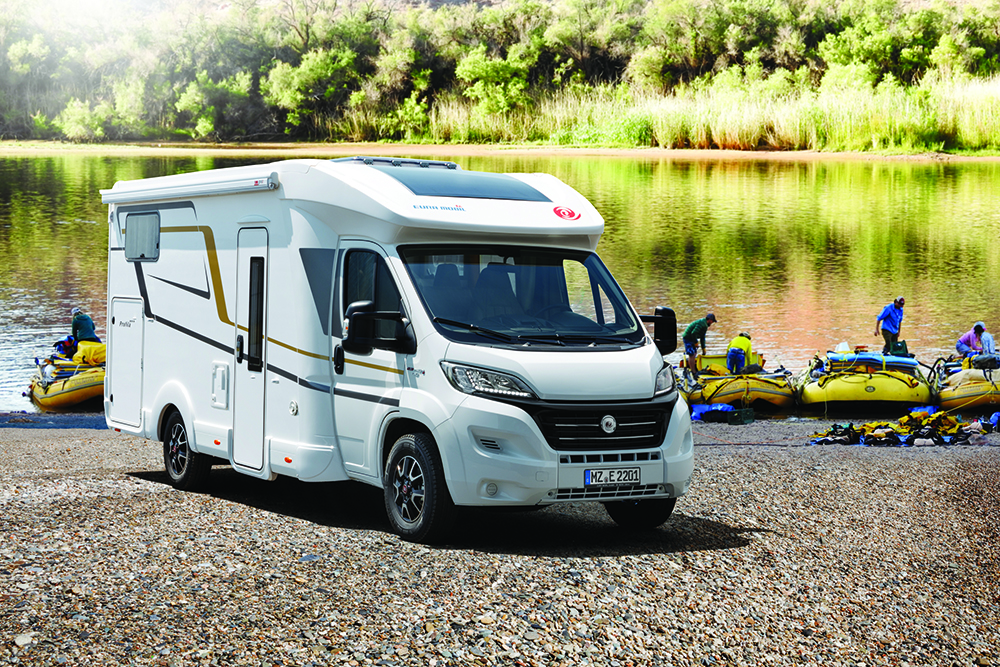
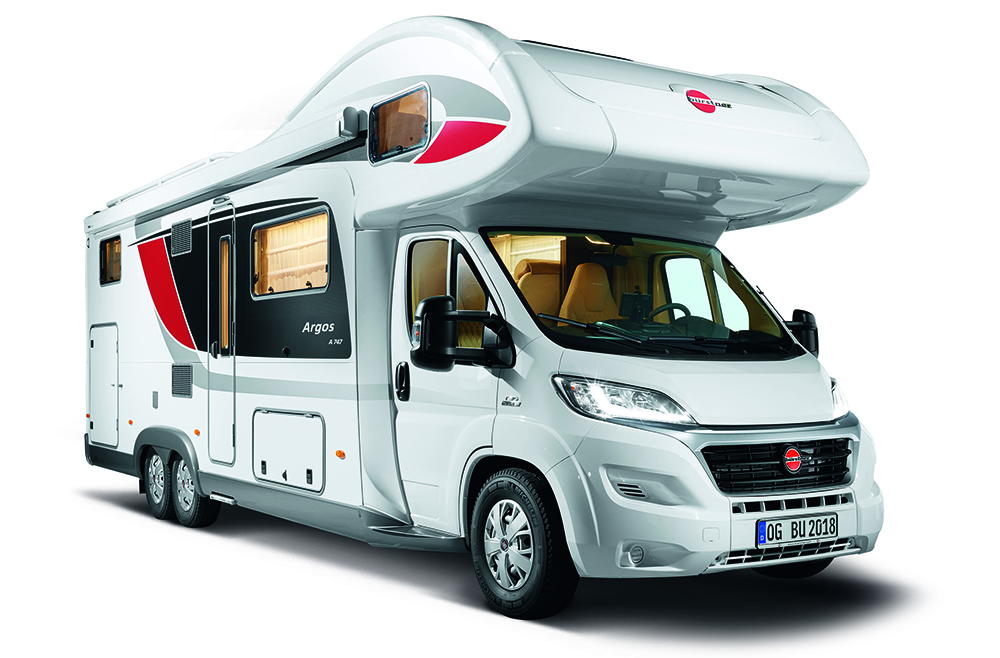
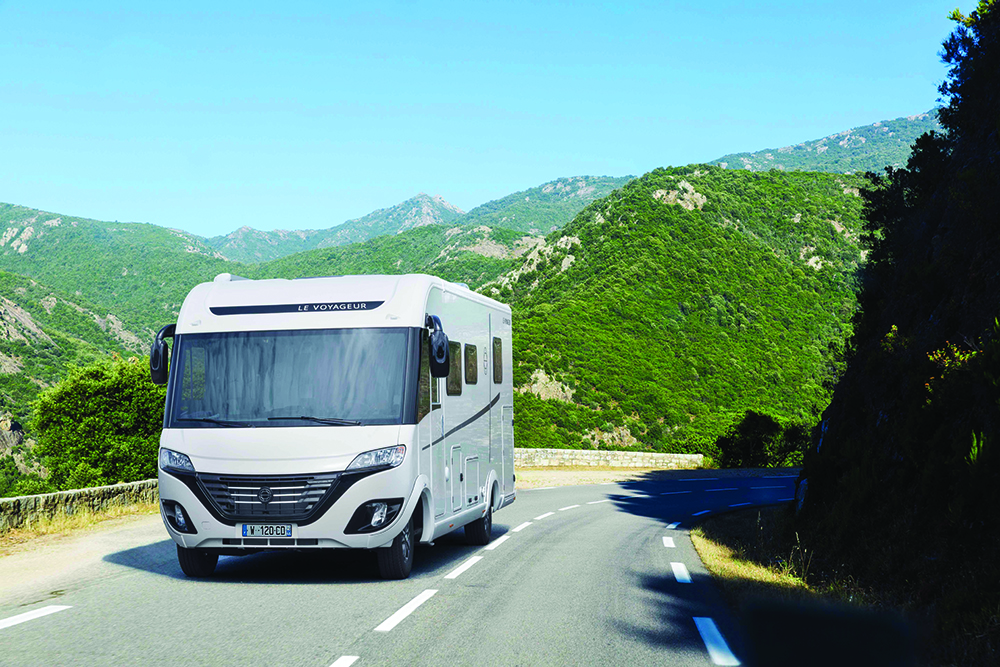


Recent Updates
Engine management lights: all you need to know
What is the engine management light? What does it mean, and what do I have to do? ...
Motorhome air suspension: all you need to know
Motorhomes are heavy and the additional weight of equipment and height of the bodywork can increase the loads ...
Motorhome WiFi: how to get better motorhome internet
Staying connected on the move is more and more essential, so relying on campsite WiFi isn't an option – here ...
A class of their own - our guide to A-class motorhomes
Thinking of trading up to an A-class, or even going straight to the top of the motorhome tree? We guide you ...
Explore overseas on a motorhome dream tour
Enjoy exotic travel in a campervan or motorhome by hiring, swapping with someone else or exporting your ...
Motorhome water systems: everything you need to know
On-board water is an important part of every motorhome – here’s everything you need to know ...
Campervanning in Europe: what you need to know
Whether you're planning a leisurely drive through the French countryside, navigating bustling city streets in ...
Campervan security: all you need to know
With thefts on the increase, it’s important to know how to keep your campervan secure and prevent campervan ...
Campervan furniture: everything you need to know
Our campervan experts guide you through all the essentials for your campervan, including tables, chairs, ...
Campervan finance: how to fund your purchase
Here we look at the different types of campervan finance available, to help you decide what’s the best option ...
Other Articles
Britain’s best used motorhomes
Want a great motorhome without paying the premium for a new one? Here's a guide to the best you can get in the pre-owned market for each layout, ...
Which motorhome? Choosing the perfect motorhome for you
Choosing a motorhome or campervan is one of the biggest buying decisions you’ll ever make, so it's important ...
Campervan washroom essentials: stay fresh on the road
Our guide will take you through the campervan washroom essentials you'll need so you're well-prepared for ...
Dogs in campervans: all you need to know
Follow our advice and your dog will enjoy campervanning as much as you do ...
Electric campervans: all you need to know
Our guide will take you through everything you need to know about electric campervans and what the future ...
Motorhome electrics: a complete guide to your motorhome electrical set-up
Motorhome electrics can dramatically enhance the convenience and comfort of your vehicle – but they can be ...
Lighting for campervans: all you need to know
We guide you through all the lighting options available for you and your campervan, including interior ...
Electric bikes for motorhomes: our ultimate guide
Read our comprehensive guide to electric bikes for motorhome owners, helping you add electric power to your ...
Our guide to 'cheap' motorhomes in 2024
If you're on the hunt for an affordable new motorhome, this is the best place to start – we've rounded up a ...
Campervans in winter: all you need to know
Here's your guide to preparing your campervan for the colder months, whether you will be using it or putting ...